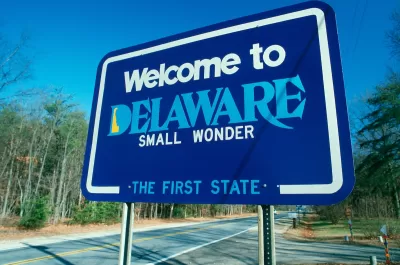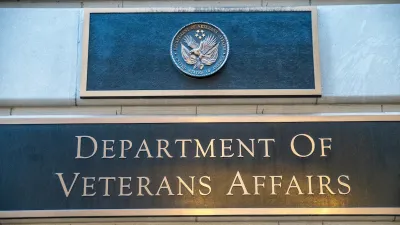An emergency shelter has become a hub for social services and support for hundreds of unhoused residents.

A Delaware housing complex originally built as emergency shelter could offer a useful model as an “ecosystem of care,” writes Frances Nguyen in a Shelterforce article republished in Next City. “In addition to offering case management and mental health services on site, the center took advantage of its space to accommodate a full medical practice—run by ChristianaCare, the state’s largest hospital system—on one of its floors.”
The Hope Center is one of the largest shelters on the East Coast, with 185 available rooms and roughly 360 clients on any given night. According to Nguyen, “The center has partnerships with local groups to support those families that have school-aged children—including with a network of charter schools in the area, who refer families enrolled in their schools and pay for up to a 90-day stay for them—as well as with the Delaware Division of Family Services, which serves families at risk of losing their children due to their homelessness.”
The housing is pet-friendly and also offers on-site veterinary services, the only shelter in Delaware to do so. And while it primarily serves as an emergency shelter, some residents have lived there for over a year. To assist these residents, the shelter just opened its first supportive housing units, which will occupy two floors of the building and house veterans and people classified as “chronically homeless.”
As Nguyen explains, “Part of the Hope Center’s mission is to not only challenge society’s perception of who the most vulnerable members of their community are, but also to imagine a different approach to tackling homelessness—one that is humane and dignified, and applies resources where they’re most needed.”
FULL STORY: What Started as Emergency Housing Could Offer a Model for Ending Homelessness in Delaware

Alabama: Trump Terminates Settlements for Black Communities Harmed By Raw Sewage
Trump deemed the landmark civil rights agreement “illegal DEI and environmental justice policy.”

Planetizen Federal Action Tracker
A weekly monitor of how Trump’s orders and actions are impacting planners and planning in America.

The 120 Year Old Tiny Home Villages That Sheltered San Francisco’s Earthquake Refugees
More than a century ago, San Francisco mobilized to house thousands of residents displaced by the 1906 earthquake. Could their strategy offer a model for the present?

In Both Crashes and Crime, Public Transportation is Far Safer than Driving
Contrary to popular assumptions, public transportation has far lower crash and crime rates than automobile travel. For safer communities, improve and encourage transit travel.

Report: Zoning Reforms Should Complement Nashville’s Ambitious Transit Plan
Without reform, restrictive zoning codes will limit the impact of the city’s planned transit expansion and could exclude some of the residents who depend on transit the most.

Judge Orders Release of Frozen IRA, IIJA Funding
The decision is a victory for environmental groups who charged that freezing funds for critical infrastructure and disaster response programs caused “real and irreparable harm” to communities.
Urban Design for Planners 1: Software Tools
This six-course series explores essential urban design concepts using open source software and equips planners with the tools they need to participate fully in the urban design process.
Planning for Universal Design
Learn the tools for implementing Universal Design in planning regulations.
Clanton & Associates, Inc.
Jessamine County Fiscal Court
Institute for Housing and Urban Development Studies (IHS)
City of Grandview
Harvard GSD Executive Education
Toledo-Lucas County Plan Commissions
Salt Lake City
NYU Wagner Graduate School of Public Service





























